DONNA BINGHAM MUNGER
My Own Website
Author, Educator, Historian, Genealogist


DONNA BINGHAM MUNGER
My Own Website
Author, Educator, Historian, Genealogist
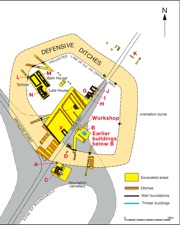

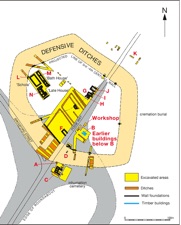
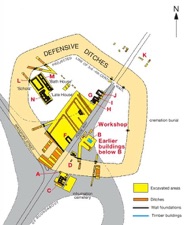

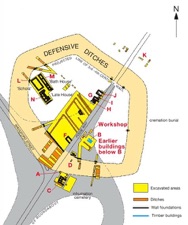








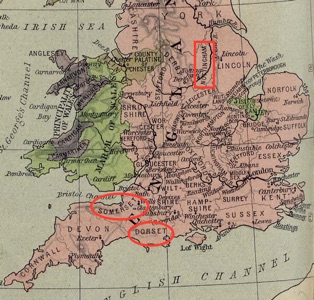
The Bingham family has multiple origins in England, but documented evidence indicates that the earliest use of the place name, Bingham, occurred in what is now Nottinghamshire. In the mid fifth century, over a generation after the collapse of Roman government, Angles from the Schleswig-Holstein peninsula began to arrive in northern England. They tended to settle near old Roman roads and take over abandoned Roman towns. The Roman fortified town of Margidunum, located on the Roman Fosse-way, encompassed the area that became Bingham.
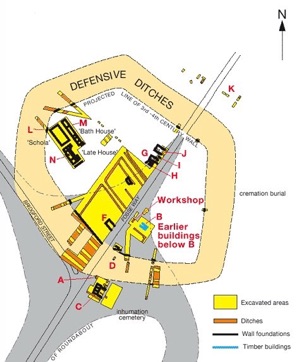
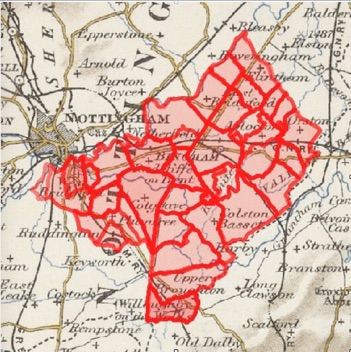
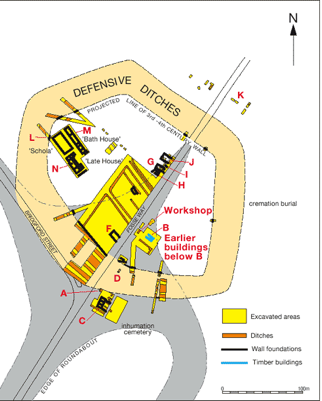
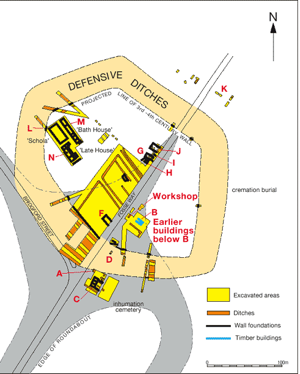

After the Norman conquest, William the Conqueror granted most of Nottingham, perhaps as many as forty-six manors including Bingham, to Roger de Busli (Boullie, Builli). De Busli ranked eighth after the King and may also have held as many as forty-nine manors in Yorkshire where he lived in the Castle of Tickhill, and other manors in Leicestershire and elsewhere.
Roger de Busli was dead by 1098 and the overlordship of Bingham Hundred and its various manors passed to other families. By 1200, no single individual controlled the entire hundred. Within another generation or two, the heirs of the feudal retainers that de Busli had placed in Bingham Hundred had died out or were dispossessed and ownership reverted to the King. The family name Bingham may have remained with certain natives of Bingham Hundred, however, as the practice was common to take surnames from the land one acquired or where one lived.
In 1263, Henry III, through a charter from Earl Ferrers, granted the Manor of Bingham to Raph (Radulphus, Ralph) Bugge, an entirely different family than de Busli. Ralph Bugge (pronounced Booge) was the elder son of Radulphus Bugge de Nottingham, a wealthy wool stapler or wool dealer. Ralph Bugge began to call himself Sir Ralph Bugge de Bingham. There is no evidence of any Bugge family involvement in Bingham prior to the granting of this charter.
Richard Bugge, the younger son, inherited land at Willoughby on the Wolds from his father and went to live there, changing his name to Sir Richard Willoughby. He took as his arms, Or on two bars gules three water bugets 2 and 1 argent.
Ralph Bugge of Bingham also had two sons. Richard Bugge, the elder son, inherited the Manor of Bingham from his father, lived there and changed his name to Richard de Bingham. Richard de Bingham was knighted and took as his arms, Or on a fess gules three water bugets argent.
He married Alicia Bertram and had three sons, William, Richard, and Thomas. William inherited Bingham Manor and other surrounding lands which he passed, about 1345, to his son, Sir Richard de Bingham. This Richard had a son named William, but the son died before his father and Bingham passed to his four year old grandson, Robert. Robert died young and his mother, Isabella, married Sir Thomas de Rempston. The lands descended to Sir Thomas' son, also named Thomas Rempston. The younger Thomas Rempston left three female heirs to Bingham Manor and his other lands. One was Margaret, wife of Richard Bingham, but they had no children. Another was Isabel who married Sir Brian Stapleton of Carleton and in whose hands Bingham Manor was vested, thus passing out of the hands of a family with the name Bingham for the second and final time about 1511.
THE NOTTINGHAM FAMILY
First three generations
RALPH BUGGE
Merchant of Nottingham
______________________|__________________
RALPH BUGGE RICHARD BUGGE
Granted Manor of Bingham by Changed surname to
Charter from Earl Ferrers, 1263 Willoughby
Arms: Or on two bars
gules three water bugets 2
and 1 argent
|__________________________________
RICHARD BUGGE GEOFFREY BUGGE
Inherited Manor of Bingham Granted Manor of West Leake
Changed surname to Bingham Retained surname of Bugge
(SIR RICHARD BINGHAM)
Arms: Or on a fess gules three Arms: Or on a fess gules
water Bugets argent three water Bugets argent
overall a bend azure
The crests of the Nottinghamshire Binghams all have the description Or, on a fesse gules, three water bougets. The bougets represent yokes for carrying water buckets and are said to indicate that members of the family went to the Holy Land on one or another of the crusades. Burke's Nobility and Gentry of England mentions several families of Binghams and gives their crests and the motto SPES MEA CHRISTUS. However, there appears to be no heraldic right established for the Connecticut Binghams to assume a crest.
By the sixteenth century there were many Binghams living in Nottinghamshire, but no Binghams in Bingham. As estates were inherited by the eldest son in each generation, younger sons turned to skilled crafts. Apprenticeship became the norm as much as villeinage had been during feudal times. Queen Elizabeth' s Statute of Artificers set up a uniform national pattern under which no one could set up as a master or workman without 'seven years' apprenticeship. Many Binghams followed this pattern and became difficult to trace as they moved away from the family center.
There are records of Binghams who had moved south from Nottinghamshire and lived in London, Surrey, Rutland, Essex and other counties. A Bingham of London was a haberdasher who married the daughter of the goldsmith to Henry VIII (1509-1549). He and other Binghams have their pedigrees in the Visitations of Heralds and the same armorial bearings as the Bugge Binghams of 1266, but they cannot be connected to the family by the precise step-by-step linkage that a genealogist needs to prove descent.
For more detailed reading: www.binghamheritage.org.uk

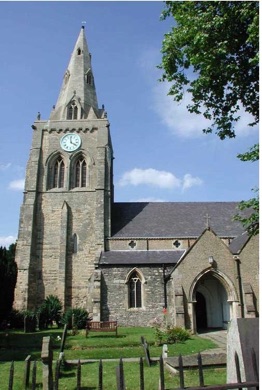
Tomb of Richard of Bingham (c. 1310) in Bingham parish church. He was Sheriff of Notts and Derbys in 1302, founded St Helen's chapel in 1301 and probably was responsible for establishing Bingham market soon after. (Photo: Gavin Kinsley)
Map of Roman Margidunum
Map of Anglo-Saxon Bingheham Wapentake or Hundred
visionofbritain.org.uk
Angle settlements amounted to large estates, many ending in -ing or -ingham in commemoration of a tribal leader. Bingham acquired its new name about this time, but was located 800 meters south-east of the old Roman town. The domesday survey of 1086 records that the last owner before the Norman Conquest in 1066 was a nobleman of Danish descent named Tostig. Bingham Hundred was then recognized as a feudal holding within the shire or county of Nottingham. A Hundred, also called a Wapentake (now Wap), was an administrative unit when the Danes and Vikings ruled northern England in the 800s and 900s.
Donna Bingham Munger asserts her right to be identified as the author of this website.